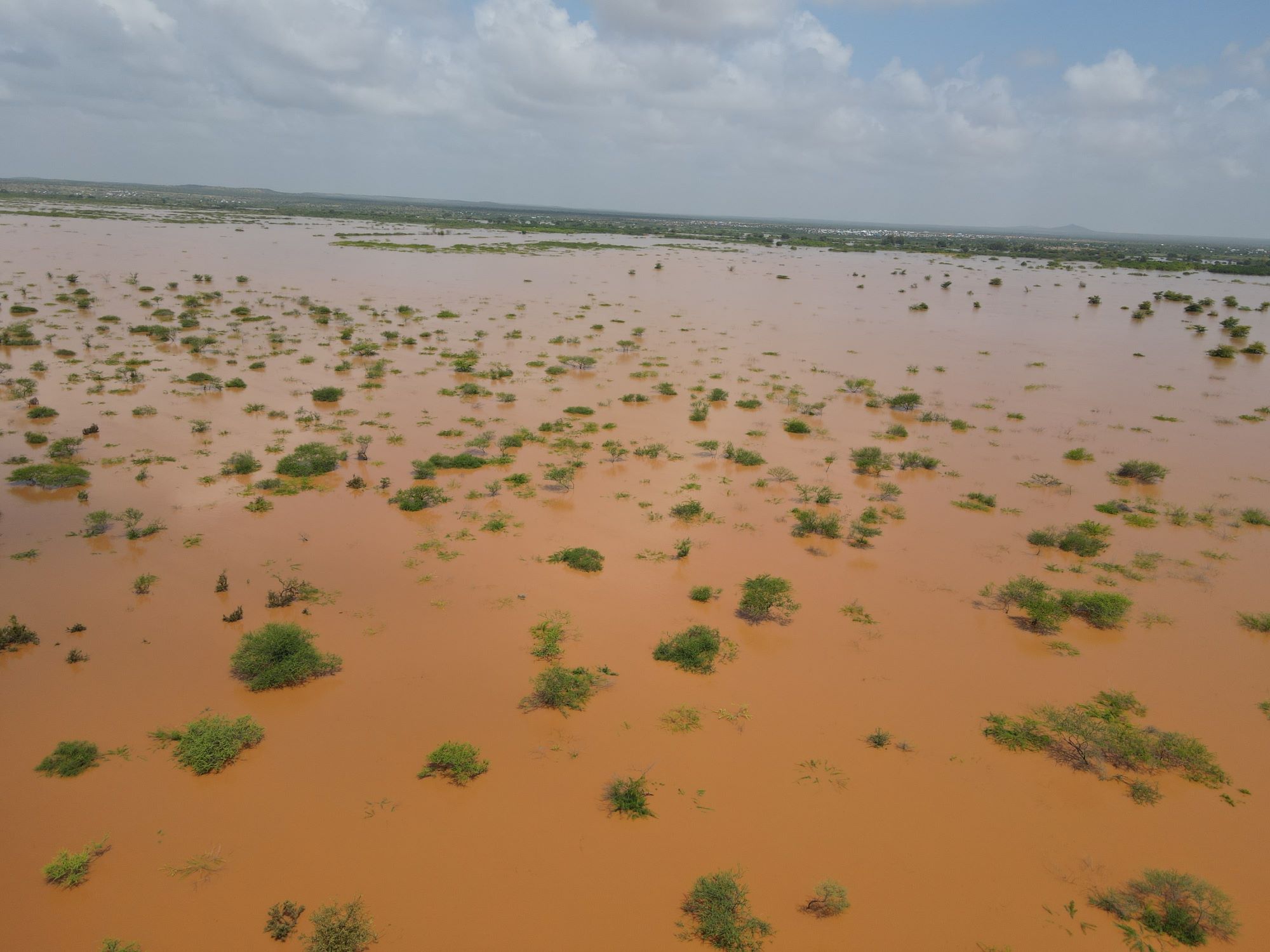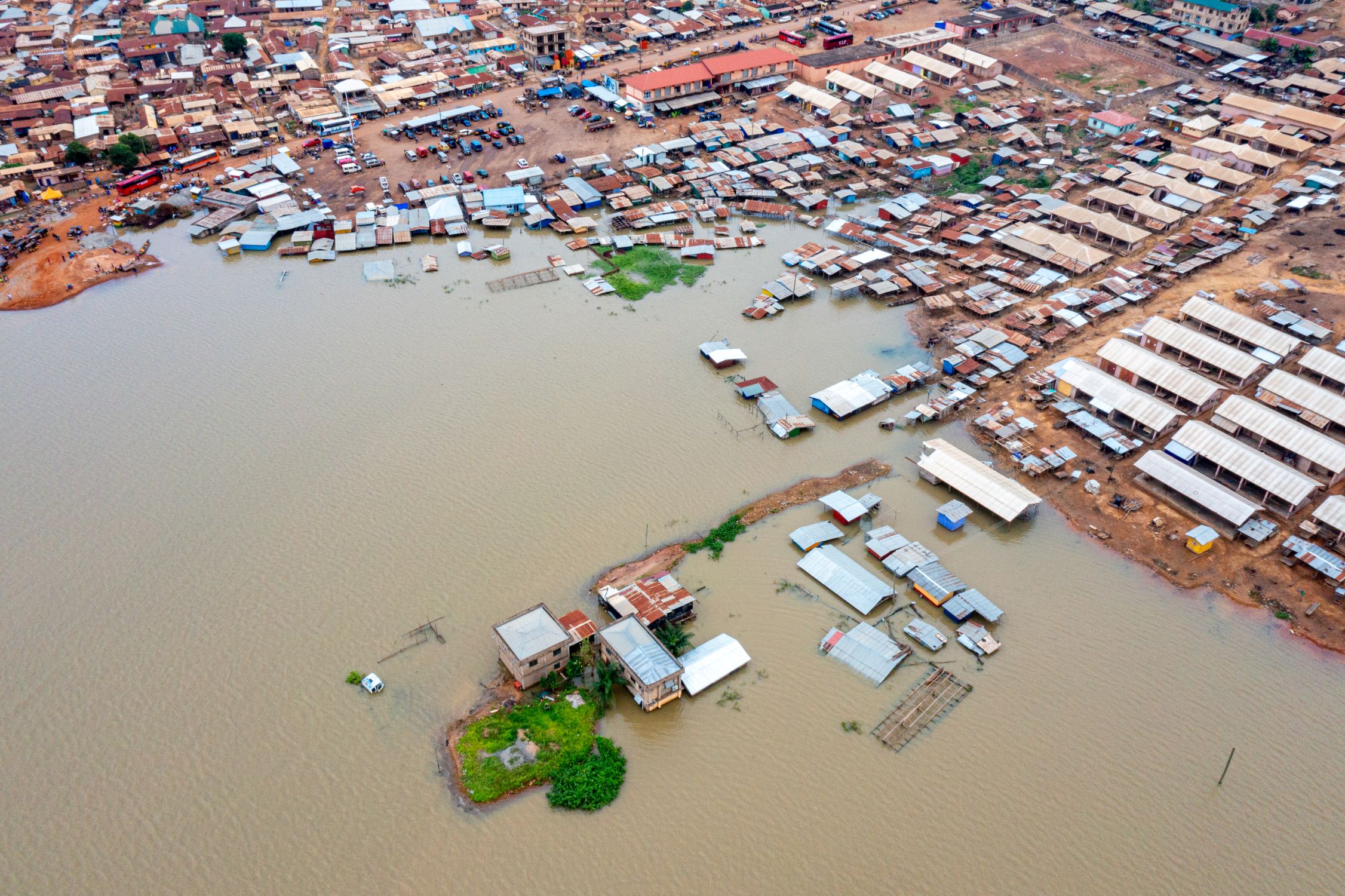Children bear the weight of Gaza's humanitarian crisis, facing long-term physical and mental health challenges
Press Release: 13 May 2024 World Vision is deeply concerned over escalating military operations in Rafah, warning of a looming humanitarian catastrophe in this "city of children". With 600,000 displaced children and families seeking refuge in Rafah, alongside its usual population of 250,000 residents, safe havens are dwindling amid spreading conflict and deteriorating conditions across Gaza, including the threat of famine and critical infrastructure destruction.
“Now, countless children stand on the brink, facing the peril of death, injury, and the harrowing prospect of yet another forced displacement. This crisis has already cost the lives of thousands of innocent children across the region. It is critical that an agreement is reached to put an end to the violence and allow consistent humanitarian access,” says Eleanor Monbiot, Regional Leader, Middle East Eastern Europe.
Without consistent humanitarian access and a safe place to go, this intensification of conflict will lead to a major loss of lives and be catastrophic for the region’s children. They cannot stay put as civilians’ safety, particularly children’s, cannot be guaranteed as 44% of all Gazans who have died since 7 October are children – which is more than the number of children killed in all other conflicts around the world in the past four years. Should individuals opt to journey back to the northern regions, additional hazards loom large, with the World Food Programme sounding the alarm on a dire ‘full-blown famine’ in those areas.
Beyond the threat of death, the long-term impacts and future threats these children face are dire.
- At least 59 children are dying daily in northern Gaza due to starvation and related issues.1
- One-third of children under 2 in northern Gaza2 are at heightened risk of brain atrophy and other mental and physical effects of severe hunger and malnutrition.
- Half a million girls in Gaza are at risk of sexual and gender-based violence and child marriage.3
- More than 6,000 unaccompanied girls are at risk of sexual exploitation in Gaza.4
- A quarter of a million children in Gaza5 are at risk of suffering from mental health issues as a direct result of a loss of normalcy, witnessing conflict firsthand, experiencing violence, going without food, surviving malnutrition, being forcibly displaced from their homes, and being kept out of school.
- All 600,000 displaced children in the Gaza Strip, but particularly the 17,000+ unaccompanied or separated children, are at an exponentially higher risk of experiencing mental health issues, sexual exploitation, trafficking, starvation, and physical violence.
- More than a quarter of a million children are more likely to experience PTSD and depression.6
"The impact of conflict and humanitarian crises on children is profound, and the current situation is a clear illustration of this reality. We have witnessed violations of children's rights, resulting in tragic losses and unimaginable suffering. Thousands have lost their lives, many more have been injured, and countless children are now orphaned or separated from their families. Basic necessities like food and water are scarce for far too many children, a consequence of decisions made by adults. The psychological toll of this crisis is immense, leaving scars that may never fully heal. It's a heartbreaking situation that demands our urgent attention and action," said Fola Komolafe MBE LD, World Vision UK CEO.
World Vision calls all parties to reach an immediate and lasting peace, including in Rafah, to save lives, ensure the release of all hostages, protect all children from the violence of conflict and from forced displacement, and ensure the immediate scale up of humanitarian assistance so unfettered humanitarian access, including essential aid and supplies can reach the civilian population.
ENDS
For more information, please contact: Karla Harvey at karla.harvey@worldvision.org.uk or phone +44 7889 631613.
Notes to editor:
[1] Based on the number of children in northern Gaza (147,000) and the anticipated number of child deaths once the IPC’s criterion is expected to be met (0.0004), equals at least 59 children dying daily.
[2] Based on the number of children in northern Gaza experiencing acute malnutrition.
[3] Assuming a 50/50 rate of girls versus boys (1,092,700 x .5 = 546,350) and based on survey findings in Northwest Syria and Uganda, Lebanon, and Ethiopia and global data on the prevalence of sexual violence that show that sexual and gender-based violence and child marriage are significantly more likely to threaten the futures of children, particularly girls, living in conflict zones. In the long-term, girls in conflict settings have been found to be at heightened risk of early marriage due to the protracted strain on resources.
[4] Assuming a 50/50 rate of unaccompanied girls versus boys (17,000 x .5 x .72 [i.e. the rate of detected female victims of trafficking that experienced sexual exploitation] = 6,120.
[5] 241,487 children – assuming a prevalence of 22.1% in long-term conflict-affected populations (based on 20+ years of military occupation and conflict) per The Lancet and using the figure of 1,092,700 (49% children out of 2.23 million estimated population in Gaza).
[6] Based on the rate of prevalence of PTSD (47%) and depression (43%) in children directly exposed to war (600,000).
World Vision delivers critical humanitarian assistance to vulnerable children and their families in the West Bank and across the region, including lifesaving in-kind food and cash and voucher assistance; access to clean water, sanitation, and hygiene needs; psychosocial support to affected children and their families; and resilience-building activities.
Through World Vision’s Global Hunger Response and ENOUGH campaign, the organisation is responding to the immediate needs of the most vulnerable girls, boys, and their families who are experiencing acute hunger in 28 countries of highest alert where World Vision operates, highlighting the driving factors and impacts of hunger, malnutrition, and food insecurity on children globally, and advocating to governments and donors to do more to prevent mass starvation.
World Vision is a Christian humanitarian and development organisation dedicated to working with children, families and their communities to reach their full potential by tackling the root causes of poverty and injustice. World Vision and their partners are working in communities to improve families’ economic prospects, strength violence prevention and child protection services, and improve education systems.
World Vision serves all people, regardless of religion, race, ethnicity or gender.




